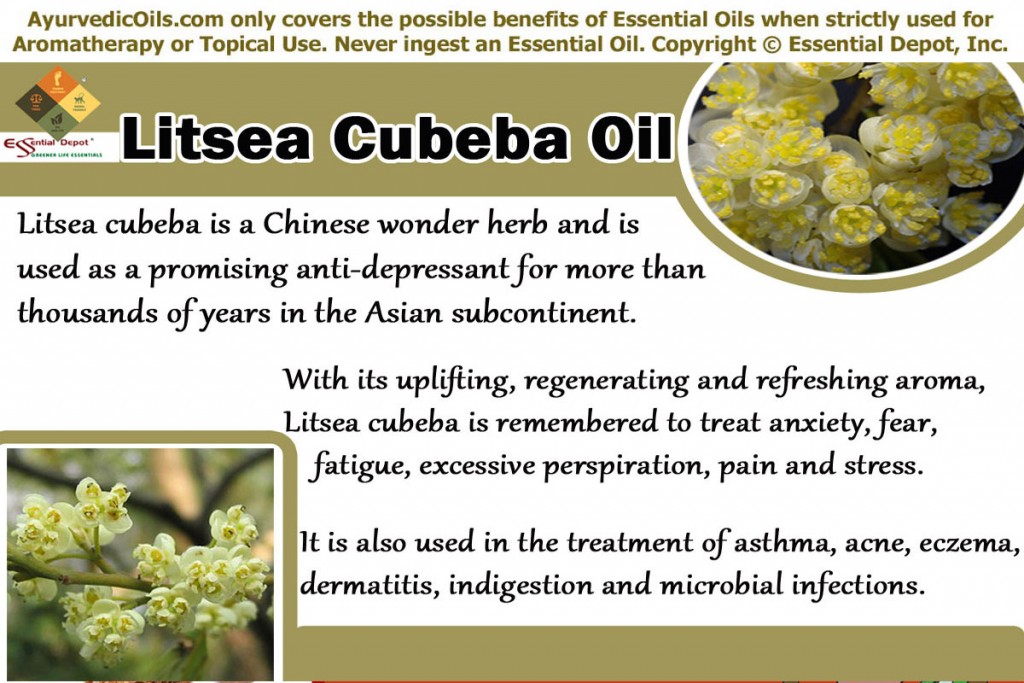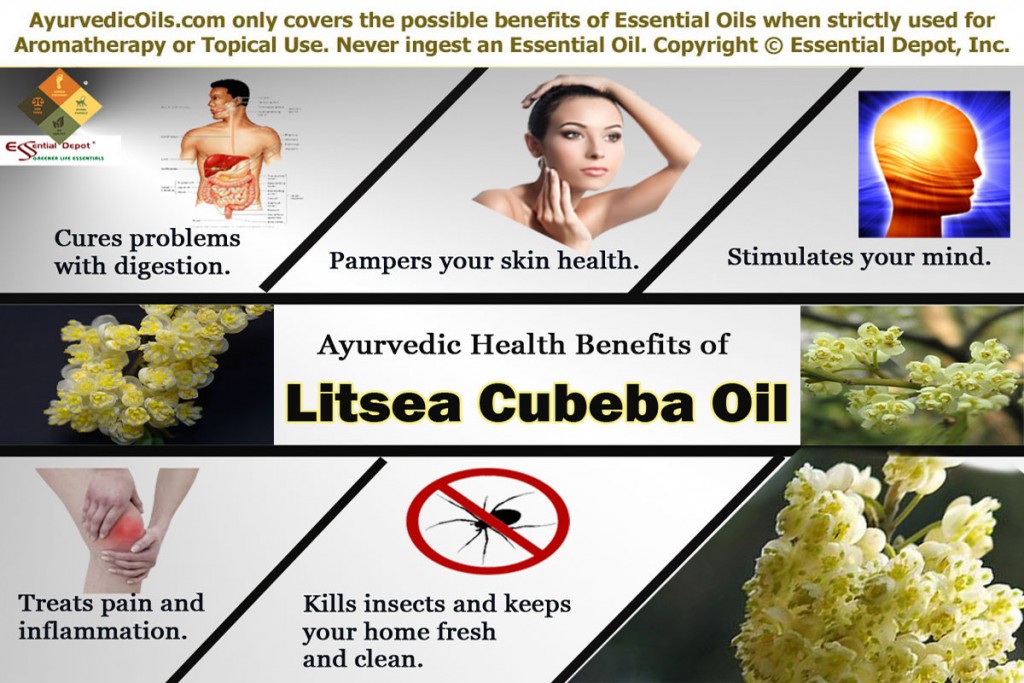The universe by itself is interrelated in some or the other way. Everything in this world is bound by five unique elements of life and has gradually become the five vital elements of Ayurveda, rightly known as the science of life. I often think that my 2 eyes are just not enough to admire the magnificence of nature and enjoy its excellence in each of its significant existence. One such immeasurable quantum of nature’s solace is the presence of the five essential elements namely Water, Earth, Space, Fire and Air in every survival of this globe. With such importance, the heavenly science of Ayurveda calls these elements as the building blocks of life, comprising human beings as the major part.
Every single thing in this world, be it a living being or a non-living object is exclusive and unique in its own because of a differing ratio of the five elements of life. Even the Ayurvedic remedies like herbs, Ayurvedic essential oils, yoga, meditation and other natural remedies aim at nurturing the values of these five elements. Ayurveda identifies human body as a combination of the five vital elements in varying proportions, making an individual unique from his fellow being. Every object in nature follows an orderly mechanism that would make us speechless in awe. We rise on Earth and finally rest on Earth only. In between, all the five elements play a significant role in our daily lives, determining our physical, biological, psychological, social and environmental attributes. They are indivisible and together they are known as Panchamahabhutas in Sanskrit.
The theory of five vital elements and human system: Let’s now have a look at the way that these five elements lead, rule and influence the personality traits and attributes of mankind.
1. Water (Jala, Apa, and Neer): Most of us know that the Earth comprises of 70% of water and just 30% of land, similarly the human body is also made up of about 70% water, but for which the human system would stop functioning. The presence of water in our body is witnessed through trouble-free movement of various parts of the body and governs various fluids like blood, saliva, plasma, mucus etc.
In short, our body is supplied with the necessary energy only with the presence of this predominant element that regulates our body temperature as well. All the liquid items that we drink are all various forms of water and intake of water enhances suppleness, coolness, softness and the moisture of the skin. On an emotional perspective, water can be compared to a loving, gentle and compassionate personality with kindness and consideration.
2. Earth (Dhara and Prithvi): Anything that is stable and solid can be represented as a form of earth. The nourishing solid food items that we ingest are from earth. Earth represents strength, durability, firmness and might. The muscles, tissues, bones, hair, fat, skin, cells, nails and teeth of the human body are governed by this dominant element. Mentally, earth stands for braveness, steadiness, vigor, constancy and the attributes of a warrior at heart, essential for a healthy and hearty life filled with challenges.
3. Space (Akash): The ever-present dominant force encircling the Globe is the space also known as ether. What comes to your mind when you just look at the clear sky in the early hours of the day? This sight brings utmost joy, humbleness, openness, liberty and an immaculate ray of hope and light to me. Space is everywhere and it is this space in the human heart that accepts and gives love without boundaries and in the body, it is considered as the container that accepts all kinds of impressions. This element is said to be present in the human system, wherever cavity and emptiness is present like stomach, intestines, nostrils, lungs, bladder, ears, throat, blood vessels and mouth. Light and hollow food items like wafers, corn flakes etc, are examples of foods with the presence of ether element.
4. Air (Vayu): This vital energy is forceful and itinerant. Without air the entire world would stop breathing and would look lifeless. The oxygen that helps us survive is just a part of air and acts as the foundation for all the positive reactions in the human body. The functioning of the major parts of the body like intestines, heart, lungs, joints and stomach are supported by air. The intake of air enhances circulation, coolness and movement. Physically, air is attributed to light, weightless, dry and movable characteristics and mentally, it is related to an active, vibrant, full-of-life and energetic personality that can influence and stay optimistic.
5. Fire (Agni): Fire grants the essential power that the body needs to digest and react to all metabolic, nervous, perspiring and challenging activities. It is only the fire in you that can help you withstand difficulties and win over the most critical situations in your life. This energy element converts food to fat and transfers the necessary energy to bones and muscles. The presence of fire determines your intelligence and the body temperature. It augments digestion, color and glow of the skin and metabolism. Hot, rough, sharp and clever traits are associated with fire.
Just like the five fingers in our palms, these five elements are highly important and form an integral part of every human being according to Ayurveda. Each of these building blocks play an imperative role in different phases of our life like Earth and Water elements are predominant during the childhood, when the body attains growth physically, whereas the element of Fire rules during adulthood when the body undergoes a drastic change. When we attain old age, the body tends to lose its flexibility and there is the predominance of Air and Space elements. I trust that this fundamental knowledge about the five vital elements of Ayurveda helps us realize that our body that is blended with nature, naturally.
Thought for the day:
“Earth, water, fire, air, ether, mind and intellect and also ego-sense; these are the eight-fold division of my nature. This is inferior. Know my mother nature, the higher, Oh Mighty-Armed, the life-element by which the universe is upheld”. (7:4-5) – Bhagavad Gita
Suggested Reading:
- The Ayurveda Encyclopedia: Natural Secrets to Healing, Prevention, & Longevity By Swami Sadashiva Tirtha
- The Subtle Energy Body: The Complete Guide By Maureen Lockhart Ph.D.
- Textbook of Ayurveda, Volume One: Fundamental Principles By Vasant Lad
Reference Links:


